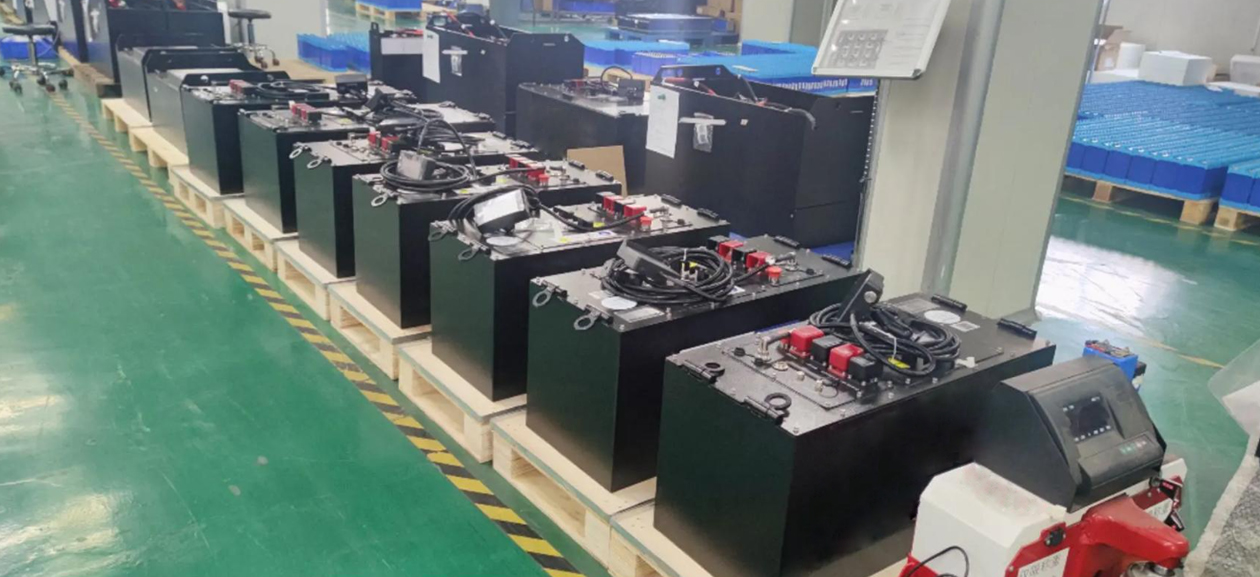
1. Lead-Acid Battery Positive Active Material: Properties and Role of Lead Dioxide (PbO₂)
1.1 Composition and Structure
Lead dioxide (PbO₂) is the primary active material of the positive electrode in lead-acid batteries. It is a dark brown solid with two main crystal forms:
α-PbO₂ (Orthorhombic): Features a dense structure, offering longer battery life but relatively weaker discharge performance.
β-PbO₂ (Tetragonal): Exhibits higher reactivity and better discharge performance but is more prone to softening and shedding, a common failure mode in batteries.
1.2 Electrochemical Reaction Mechanism
The charge and discharge processes at the positive electrode involve reversible chemical reactions:
Discharge (Reduction):
PbO₂ + SO₄²⁻ + 4H⁺ + 2e⁻ → PbSO₄ + 2H₂O
Charge (Oxidation):
PbSO₄ + 2H₂O → PbO₂ + SO₄²⁻ + 4H⁺ + 2e⁻
These reactions underpin the battery’s energy storage and release.
1.3 Key Characteristics
High Oxidizing Ability: PbO₂ is a strong oxidizer and requires an acidic environment (sulfuric acid electrolyte) for stability.
Prone to Shedding: Volume changes during cycling cause softening and shedding of the active material, leading to capacity loss and battery failure.
Poor Conductivity: PbO₂ itself has limited electrical conductivity, so it relies on lead-based grid alloys (lead-calcium or lead-antimony) for electron conduction and mechanical support.
1.4 Failure Modes and Repair Challenges
Softening/Shedding: Usually irreversible, requiring battery or plate replacement.
Sulfation: Formation of coarse PbSO₄ crystals that increase internal resistance; partial repair is possible through desulfation methods.
Repair Limitations: Severe positive electrode damage often necessitates battery replacement due to the difficulty of restoring active material integrity.
2. Common Lead-Acid Battery Issues and Repair Methods
2.1 Common Problems and Corresponding Repairs
Issue Symptoms Repair
Issue | Symptoms | Repair Principle |
Sulfation | White crystals on plates, increased internal resistance | Use high-frequency pulse desulfation or chemical dissolution to remove lead sulfate crystals |
Water Loss | Low electrolyte level, exposed plates | Refill with distilled water or electrolyte |
Plate Shedding | Permanent capacity loss | Irreversible; requires plate or battery replacement |
Short Circuit | Abnormal cell voltage, rapid self-discharge | Remove debris or replace separator |
2.2 Practical Repair Methods
Physical Repair (Sulfation, Water Loss):
Mainly for flooded lead-acid batteries such as car starter batteries. Check and refill electrolyte lev els with Lead-Acid Battery Restoration Solution, clean sulfation deposits gently, then perform controlled charge/discharge cycles to restore capacity.
Pulse Desulfation:
Uses high-frequency electrical pulses to break down lead sulfate crystals. Requires specialized pulse desulfator equipment matched to battery voltage. Overuse may damage plates, so caution is advised.
Chemical Additives:
Adding sulfate-dissolving agents like EDTA or sodium sulfate can help dissolve sulfation. However, improper use may corrode plates and shorten battery life.
Deep Cycling for Mild Sulfation:
Discharge the battery to about 10.5V (for 12V batteries), then perform slow charging at 0.1C for 12+ hours, repeating 2-3 cycles to rejuvenate capacity.
Electrolyte Replacement:
For contamination or aging, drain old electrolyte, rinse with distilled water, refill with fresh electrolyte (specific gravity 1.28–1.30), and recharge. Best suited for flooded lead-acid batteries.
3. Which Lead-Acid Batteries Can Be Repaired? Best Repair Methods
3.1 Repairable Cases
Mild sulfation with less than 50% capacity loss.
Water loss without fully exposed plates, where refilling restores function.
Early-stage short circuits caused by removable debris.
3.2 Non-Repairable Cases
Severe plate damage or shedding requiring replacement.
Cracked or leaking battery cases posing safety hazards.
3.3 Most Effective Repair Method
The combination of pulse desulfation plus water refill is the most effective for treating sulfated flooded lead-acid batteries such as car and UPS batteries. The procedure includes:
1. Checking and topping up electrolyte with distilled water.
2. Applying pulse desulfation for 12–24 hours.
3. Fully recharging and testing battery capacity.
4. Prevention and Maintenance Tips
Avoid Deep Discharge: Recharge batteries at least once a month to prevent sulfation.
Use Correct Chargers: Prevent overcharging or deep discharging that damages plates.
Ensure Proper Ventilation: Store batteries in cool, dry places to reduce sulfation accelerated by high temperatures.
Regular Inspection: Monitor electrolyte levels and battery voltage to detect early problems.
Early intervention is critical for extending lead-acid battery life. The best repair approach for early-stage sulfation is pulse desulfation combined with Lead-Acid Battery Restoration Solution. However, when the positive electrode suffers severe damage such as plate shedding, replacement is necessary. Consistent maintenance and proper usage significantly reduce failure rates and operational costs.
English
العربية
Français
Русский
Español
Português
Deutsch
italiano
日本語
한국어
Nederlands
Tiếng Việt
ไทย
Polski
Türkçe
አማርኛ
ພາສາລາວ
ភាសាខ្មែរ
Bahasa Melayu
ဗမာစာ
தமிழ்
Filipino
Bahasa Indonesia
magyar
Română
Čeština
Монгол
қазақ
Српски
हिन्दी
فارسی
Kiswahili
Slovenčina
Slovenščina
Norsk
Svenska
українська
Ελληνικά
Suomi
Հայերեն
עברית
اردو
Afrikaans
Gaeilge
नेपाली
Aymara
Беларуская мова
guarani
Krio we dɛn kɔl Krio
Runasimi
Wikang Tagalog












